Oh yes, that day is right around the corner.
The day where, whether you like it or not, you’re expected to chow down with reckless abandon.
I’m talking about Thanksgiving, a holiday meant to celebrate the harvest and express our gratitude, but one that often turns into an all out eating contest.
Thanksgiving is actually my favorite holiday, probably because I feel at home in the kitchen and enjoy sharing meals with others (and I’ve been the main cook at many Thanksgiving meals; seriously, I volunteered to cook my first Thanksgiving meal solo at age 17—what can I say, I like to cook!).
For many, though, Thanksgiving can become a bit stressful. Not only is there the stress of making multiple dishes that you’re not exactly practiced at (really, how often do you roast a whole turkey?), but the sheer volume of food is overwhelming. By the time you sit down at the table, there might be 8-15 different things to try. How can you say no?!
I’m a strong believer that one meal of overeating is not going to drastically change your health, but it does kick off the holiday months with quite a bang. For some, this triggers unhealthy habits that continue for the rest of the holiday season.
If you want to spend your Thanksgiving enjoying yourself and avoid a food coma (yes, these two things can coexist), try some of my tried-and-true tips for a more mindful Thanksgiving—without depriving yourself entirely from all the delicious food.
Below I share 5 strategies to avoid overeating at Thanksgiving:
1. Don’t skip meals
It’s tempting to skip meals to “save room” for the big event, but it backfires every time. When you ignore your hunger all day, you’re more likely to ignore your fullness cues by the time you start eating. Treat it like any other day and don’t let yourself get too hungry.
I recognize some people do well with intermittent fasting. If that’s you and you can break your fast at a massive Thanksgiving feast without overeating, carry on. For the rest of us (yes I’m going to repeat myself), treat it link any other day.
2. Eat breakfast that includes enough protein
That means eating something like eggs or Greek yogurt. Why? Protein-containing breakfasts help curb appetite all day long. In numerous research studies, participants who eat a protein-rich breakfast tend to eat less over the next 24 hours, even at all-you-can-eat-buffets (aka Thanksgiving!). If you’re intrigued, be sure to give the breakfast experiment a try, explained in detail here.
Whatever you do, pass up cereal for breakfast. The blood sugar spike and crash you get from cereal is going to leave you ravenous for the rest of the day.
3. Don’t start the meal with bread
Eating carbohydrates in your first few bites triggers the release of hunger-stimulating hormones. You’re better off eating a few bites of turkey to start, which has the opposite effect.
Plus, there are so many carbohydrate-rich foods at Thanksgiving, that you’re better off skipping bread entirely and saving room for tastier options, like mashed potatoes, yams, and pie. Starting the meal off right will help you naturally stop before your stomach feels like it’s gonna burst.
If you have any form of blood sugar challenges, such as diabetes or gestational diabetes, you’ll need to be particularly careful of all the carbohydrate-rich foods at the meal. I recommend scoping out what’s on the table so you can choose your top 1 or 2 starchy options that are a must-have before the side dishes start getting passed around the table. For example, if you don’t absolutely love mashed potatoes or creamed corn, just skip ’em.
I’ve been at Thanksgiving meals where there are 9+ starchy sides. Even if you have a mini portion of each one, you’ll still over-do it if you try them all.
Side note: I’d love to get a continuous glucose monitor on folks at these holiday meals and see how many people—without diabetes—have outrageous blood sugar spikes. I’ll actually be wearing mine this year and if I’m brave enough, will share my results on my Instagram.
*UPDATE: I did end up wearing a CGM and my detailed write up on my CGM experiment as a non-diabetic can be found here.
4. Chew
Well, duh. Right? Before your roll your eyes at me and skip ahead to #5, you might be surprised how often this comes up with my nutrition clients.
Most of us are so eager to shovel food in our mouth (because we’re so painfully hungry) that we forget to chew enough. Eating is not a race. Practice mindfully chewing every bite completely before you take the next. It’ll slow you down, help you digest your food better, and give your body a chance to tell you it’s full before it’s too late.
I can’t count how many Thanksgiving meals I’ve been at where the top button of my pants feels like it’s going to pop off. I’ve learned over the years that the simple act of chewing thoroughly keeps me in tune with my fullness cues and has helped me avoid overeating in recent years.
Yes, it’s possible to eat mindfully even when you’re not noshing on your usual fare.
5. Enjoy the moment
Before you dig in, take a second to notice and appreciate the food on the table – the colors, aromas, the love that went into preparing each dish. With each bite, savor the flavors, texture, mouthfeel, sounds, richness, crunchiness or softness, saltiness or sweetness. This is a meal to be relished, not rushed. <— This, my friends, is mindful eating.
Of course, the holiday isn’t just about the food. So keep the conversation going during dinner. That will naturally help you eat more slowly and shift the focus to what really matters – spending quality time with your loved ones and enjoying a meal together.
Allow yourself to set your fork down between bites and appreciate this moment.
Now it’s your turn. In the comments below, share:
- Which of the above tips you will put into action on Thursday.
- Or, if you have your own strategies to avoid overeating at Thanksgiving, tell me about it!
Until next week,
Lily
P.S. – If you’re hosting Thanksgiving, be sure to save the turkey bones for making soup. I’m a huge advocate for ending food waste and making use of all parts of the animal. My preference is to remove all meat from the turkey the day of, put the turkey carcass (including bones, skin, connective tissue, neck, drippings from the turkey pan, etc.) into a big stock pot and get it cooking that same day.
If that’s not possible, collect all the bones in freezer bags and freeze until you’re ready to make bone broth. Simply water and bones will work, but if you want a fancier and more flavorful broth, use this method.
P.P.S. – If you’re tempted to count calories to control the amount of food you eat, DON’T. It takes you away from enjoying the meal and sets you up to feel guilty. I have 11 other things I do instead of counting calories that work better, don’t require a calculator, and help you enjoy your meal more. Check out this post from my archives that’s still relevant to this day.
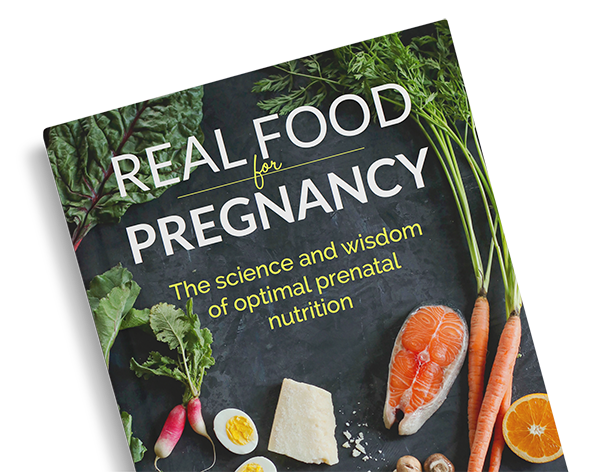
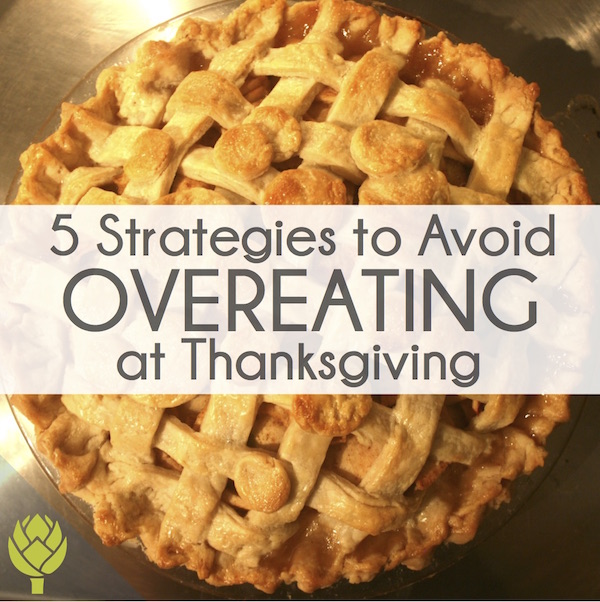
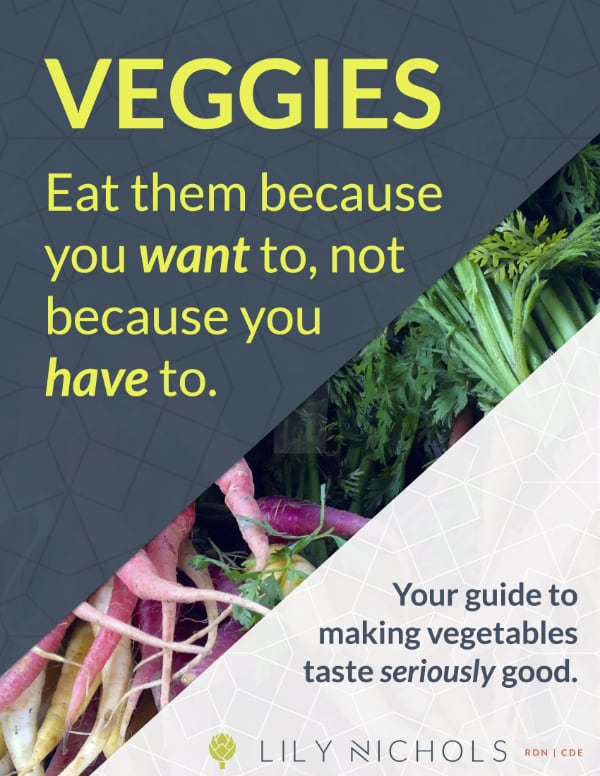


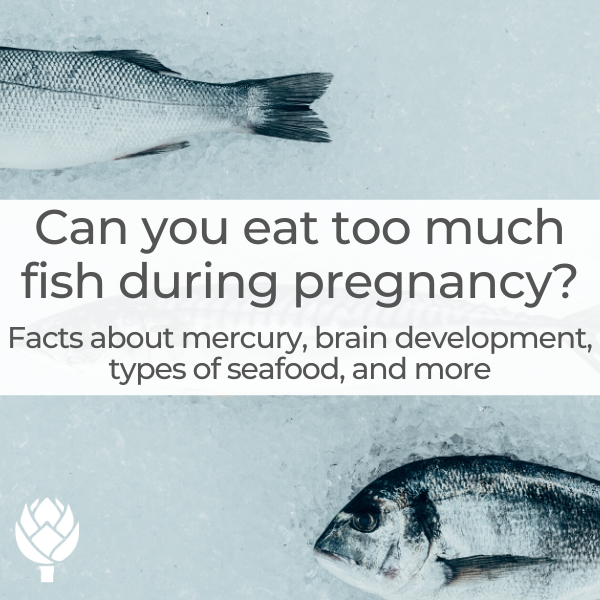
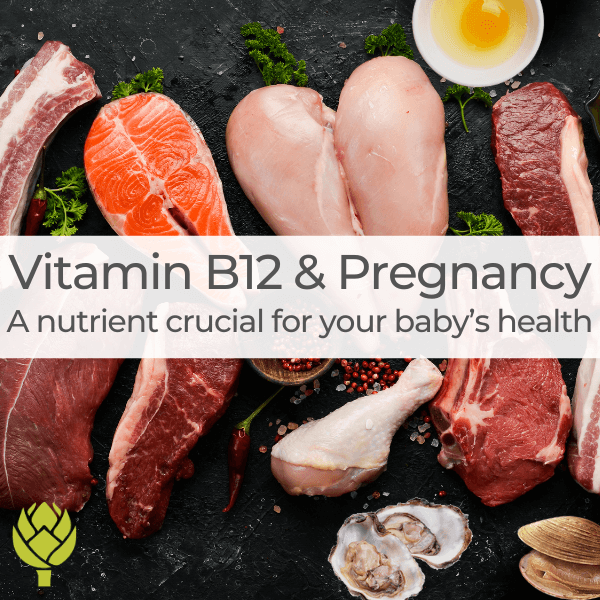

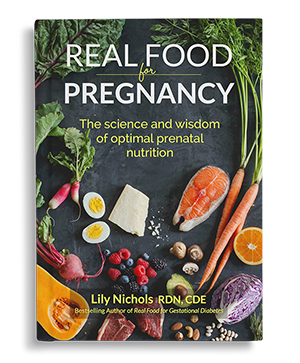
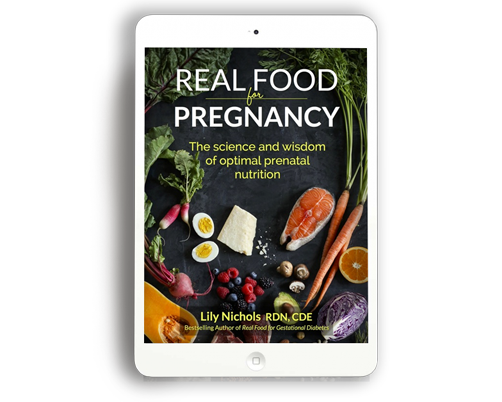
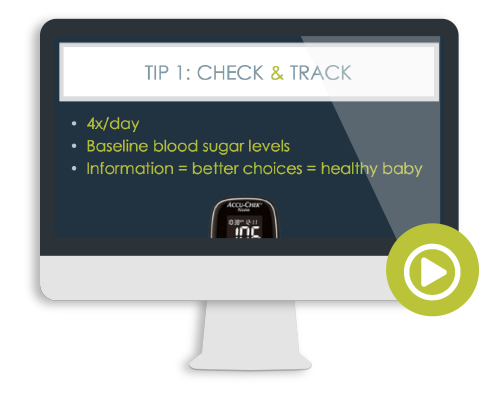
I’ve never understood whether one can use bones that have been chewed on….is this a food safety issue or if you are just making broth for the same people who ate the drumstick, can you throw in the bones that have touched one’s mouth?
Thank you!
You’re essentially boiling the bones for hours upon hours. I personally don’t see it as a food safety risk since any bacteria would be killed at those temperatures, but if you’re uncomfortable with that, just leave out the drumstick bones.
A small plate! Now that I’m pregnant, I’ve started using a small plate with every meal to avoid overeating. I’m always full without needing a second helping. It’s so helpful not to feel like I have to fill a big plate with food… and then eat it all.
The small plate trick really does work. That old adage that “your eyes are bigger than your stomach” comes to mind.
Bringing your own healthy dish! I will be bringing my own dessert and appetizer to avoid the high carb dishes.
That’s always an excellent strategy!
Well written